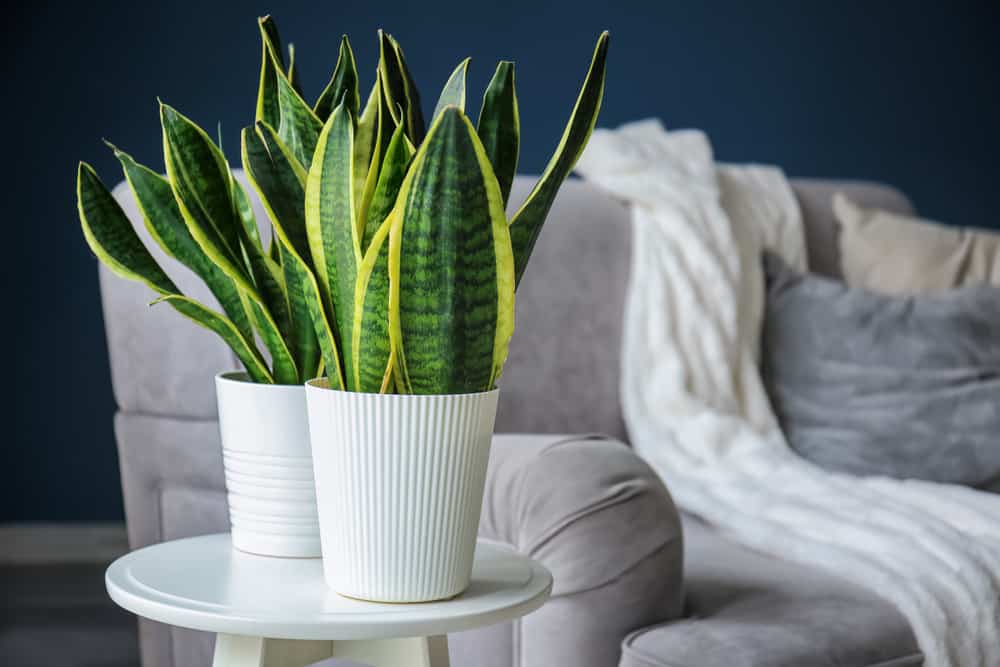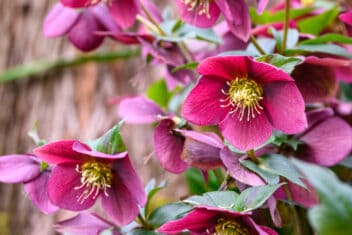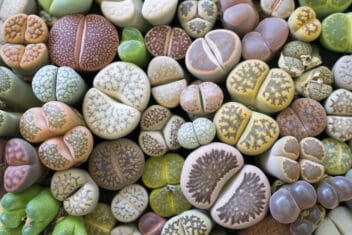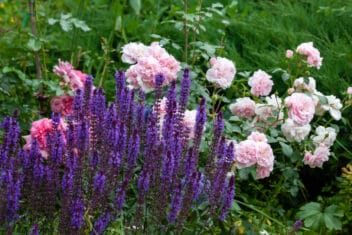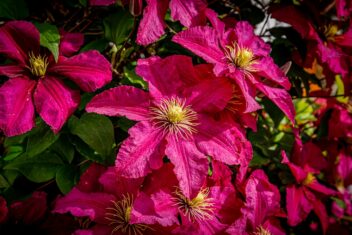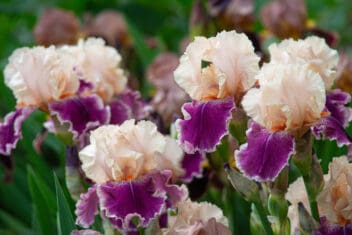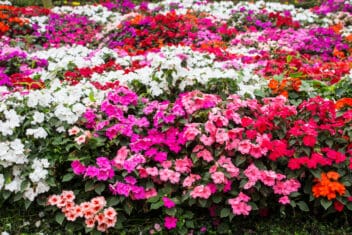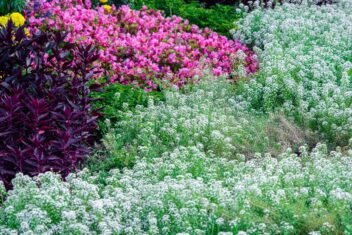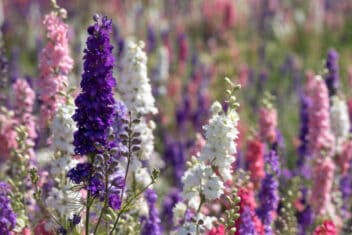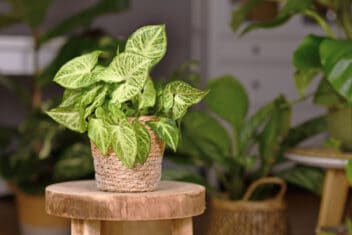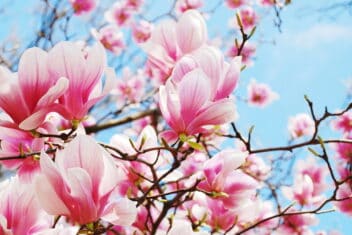A lot of indoor plants need plenty of bright indirect light and warmth. They thrive in toasty rooms with lots of sunshine throughout the day. Does that mean that cool rooms with less light have to be bare of houseplants? The answer is a resounding no.
With the right choices, even rooms that are cool and dim can have the joy of houseplants.
If you have a room that could do with some plants, but you’re worried about the light and temperature, worry no more. Let’s look at the plants that suit low light and cool temperatures.
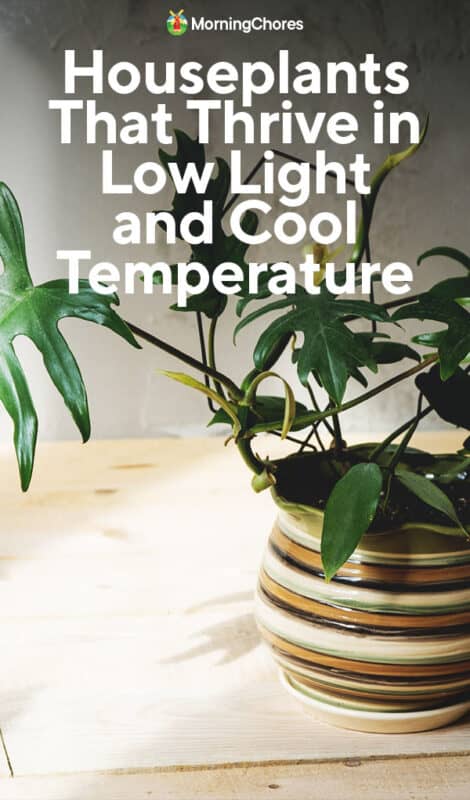
Plants to Choose for Cold and Low Light Rooms
Don’t let any past failures put you off. Many times plants succumb to their conditions because it was simply the wrong plant to be where it was. Some plants are tender and environment specific.
There are few rooms where at least some types of plant won’t grow and thrive. Sometimes you just have to experiment.
We are looking at plants that tolerate both low light and cool rooms. Many plants will take one, but houseplants that can survive in both conditions are less common.
1. ZZ Plant
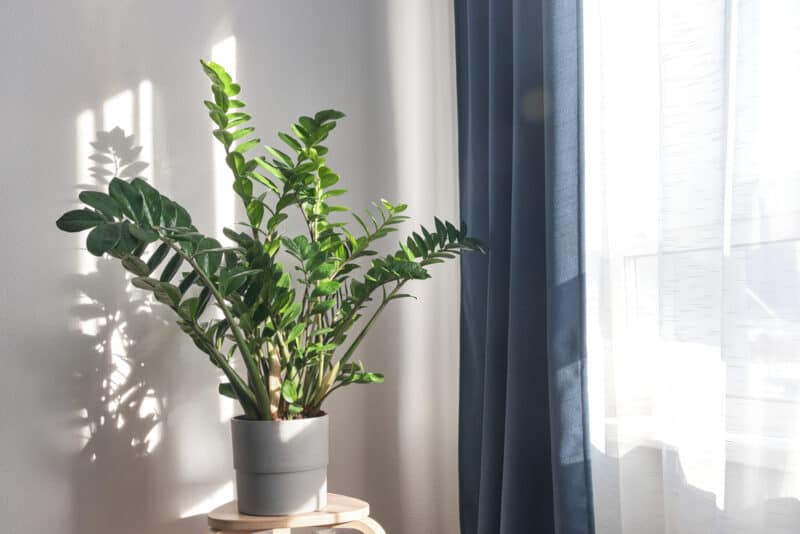
ZZ plant (Zamioculcus zamiifolia) is a wonderful choice and definitely tops this list. You may be familiar with this plant because it is often in indoor public spaces. This is because it requires little attention, doesn’t mind the cold, and always looks perfect even in low light positions.
In fact, it looks so perfect through sheer neglect that many people think it’s a plastic plant.
Water only when the soil is dry. Watering too much in cool rooms is a recipe for root rot. Another great thing about the ZZ plant is if you want to move it to a warmer, brighter room, you can. Just as long as it’s not in direct sunlight, or its leaves will yellow or curl.
2. Maidenhair Fern
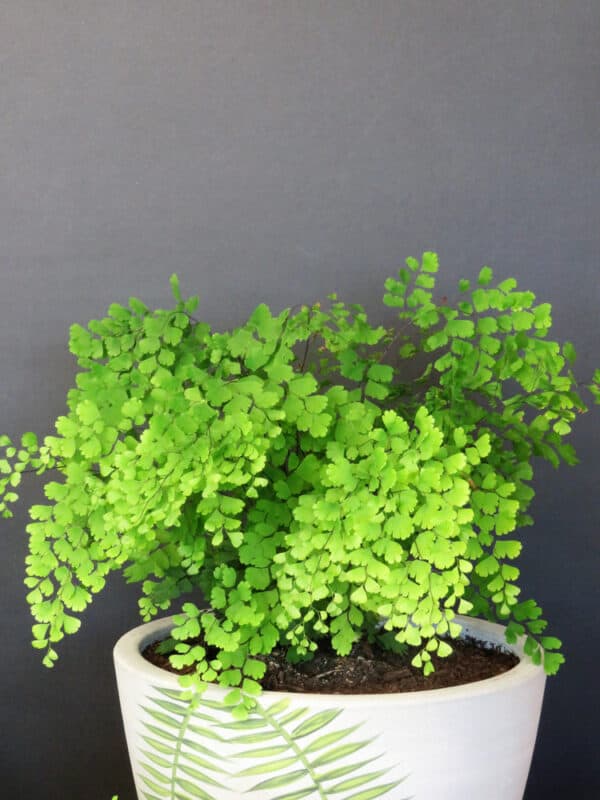
Although this houseplant is fine in low light and cooler rooms, it’s certainly not as resilient as the ZZ plant.
Maidenhair ferns (Adiantum spp.) require soil to remain moist. This can be a challenge in cool rooms, so make sure the potting soil and the pot drain well.
Maidenhair ferns do well in bathrooms which are often low light and unheated or kept cooler than the rest of the house. They don’t mind the steam created in the bathroom or the variable temperatures.
3. Snake Plant
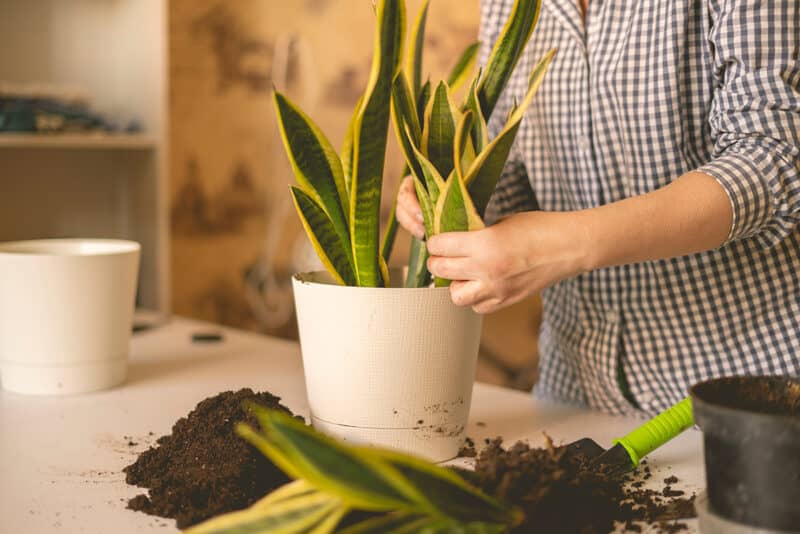
Snake plant (Dracaena trifasciata, formerly Sansevieria) is another plant that is easy to grow. It accepts low light, cool rooms, and forgetful gardeners who let the soil dry out. They recover quickly if they start to deteriorate, as well.
4. Jade
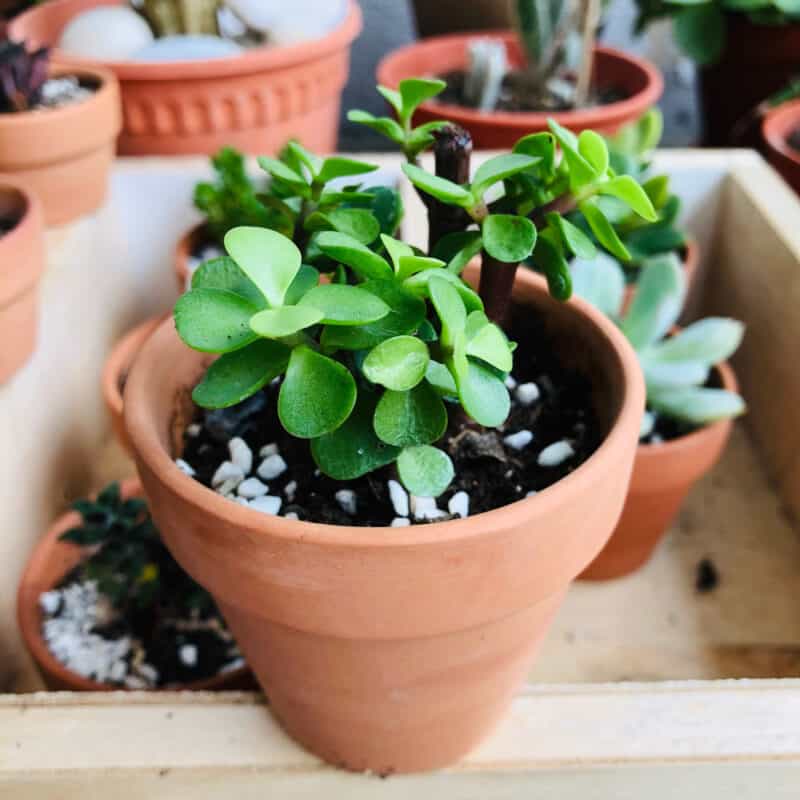
Although jade houseplant (Crassula ovata) prefers indirect sunlight, it will also tolerate low-light rooms. Jade can withstand sudden cool winds so placing it near a window or door is fine.
Jade requires consistent watering, and to keep the foliage bright, fertilize with liquid fertilizer monthly in spring and summer.
5. Philodendron
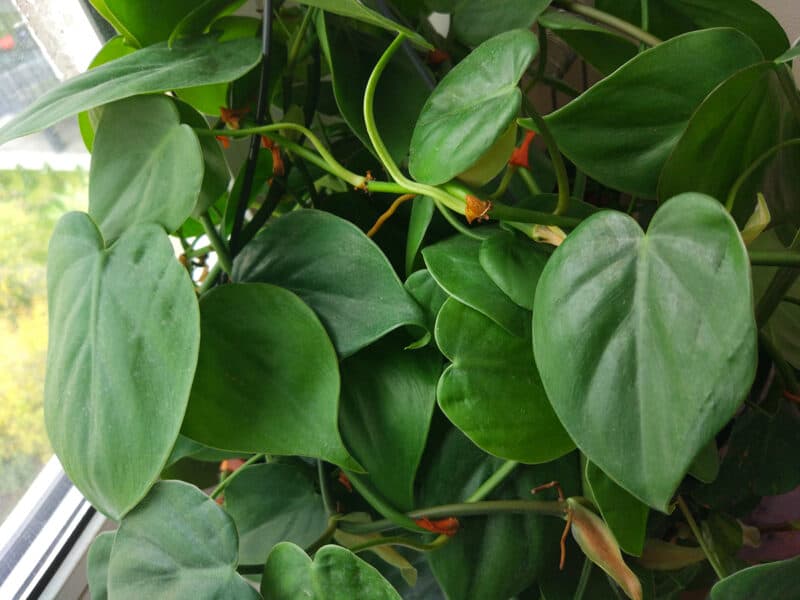
Philodendron (Philodendron spp.) is one tough houseplant. The only fussy thing is its need for quality potting soil and a reasonable amount of moisture.
It’s relatively unaffected by cold temperatures and does not require much care. Low light doesn’t bother it, as long as there is some light in the room.
6. Chinese Evergreen
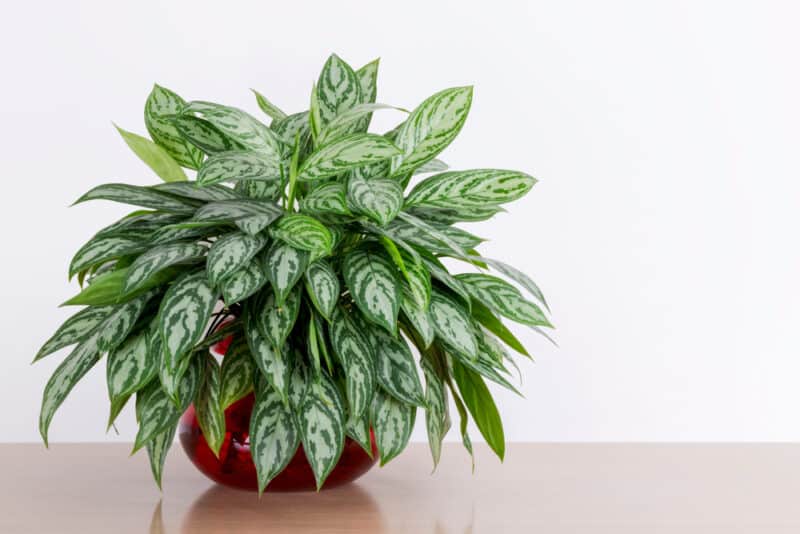
Chinese evergreen (Aglaonema spp.) is perfect for cooler rooms with lower levels of light. It even remains lush and green in those conditions, especially considering it normally likes sub-tropical environments.
Keep it evenly moist. Never overwater Chinese evergreen.
7. Cast Iron Plant
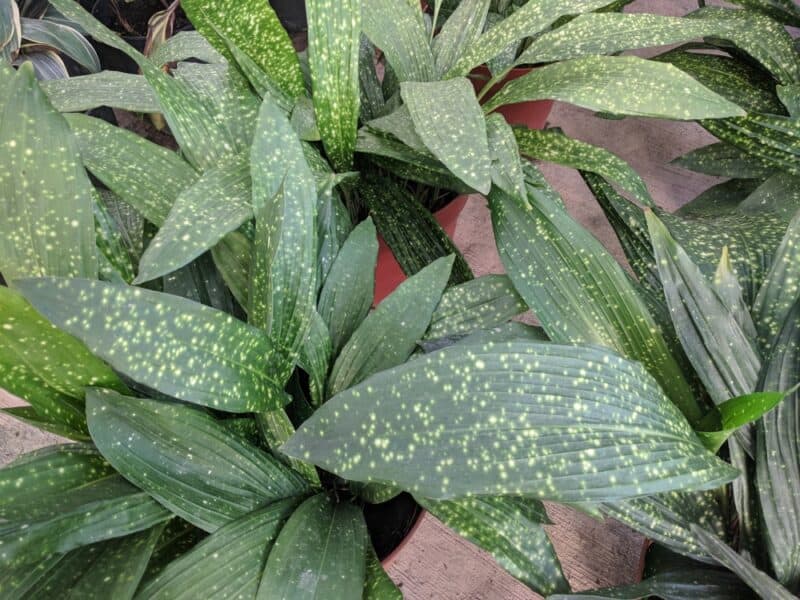
Like cast iron itself, this plant is nearly indestructible. Low light is no problem for cast iron plant (Aspidistra elatior). A cool room won’t phase it either. Just give cast iron plant some water when the soil dries out and it will keep looking good.
8. Rubber Plant
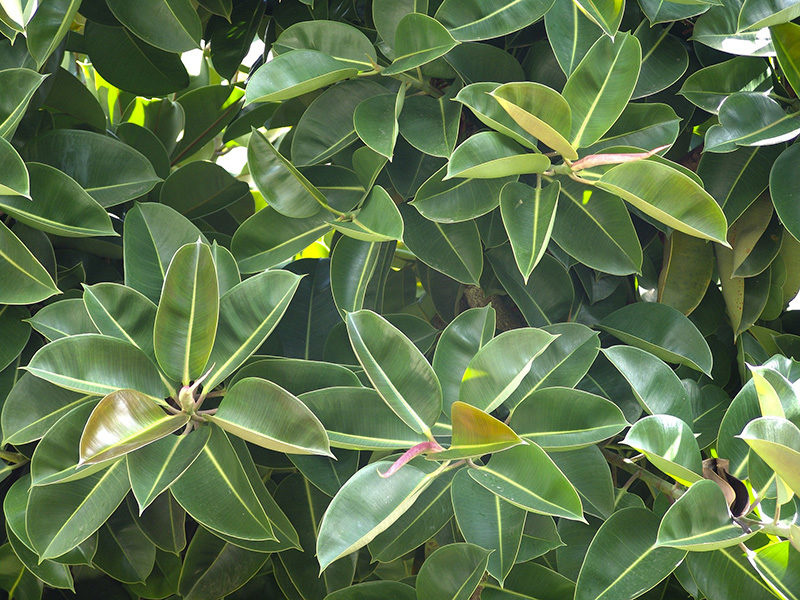
Rubber plant (Ficus elastica) used to be a popular houseplant that went out of fashion for some time.
Recently it’s become popular again, and one of the reasons is because it’s such an easy plant to grow. Rubber plant also looks good even when the conditions aren’t perfect. You can place this plant in low light areas and it will take temperatures as low as 39ºF.
When rubber plant is in a low light situation and the temperature is low, you need to water it with precision. Let the soil dry out in between watering, but not for too long. Don’t water it too much or allow the soil to become sodden.
9. English Ivy
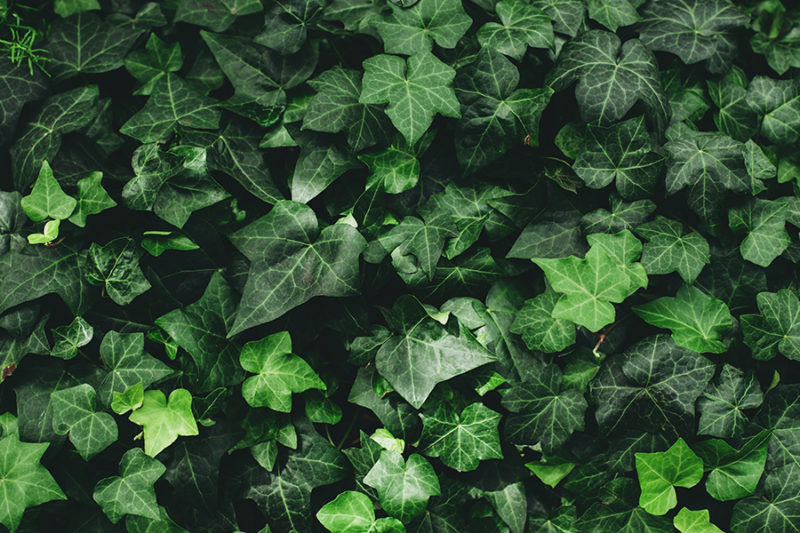
I’ve included English ivy (Hedera helix) because it thrives in dark rooms and can withstand cool temperatures, just not constantly low. This houseplant is great for a room you may heat and allow to cool down on a regular basis.
I have an office that I only heat when I’m in there and it remains cool the rest of the time. My English ivy is happy and thriving.
When planted outside, English ivy is invasive and can’t be planted in some areas. Inside, however, it can be planted in a hanging basket or in a container that allows it to hang and trail.
Pinch off the growing tips for a bushier form.
10. Lady Palm
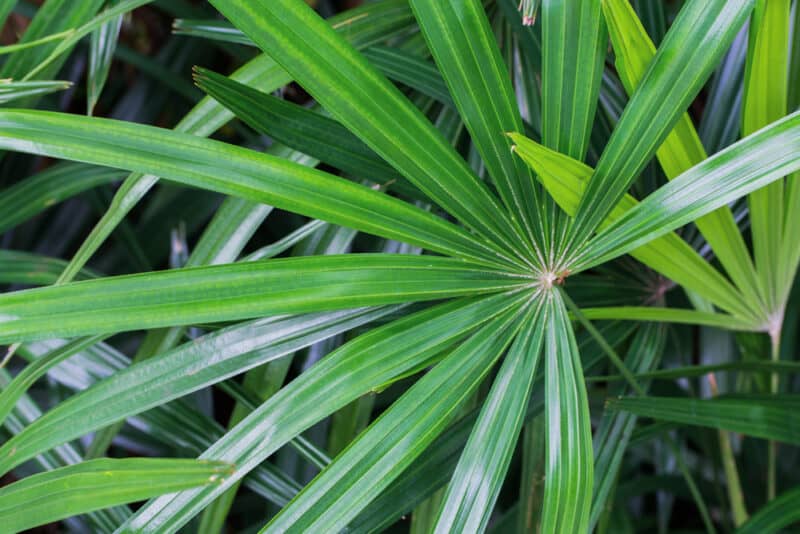
Lady palm (Rhapis excelsa) is a plant that prefers moderate temperatures and humidity, but it’s adaptable. It can thrive in a room that is constantly cool or a room where the temperature varies.
Although lady palms do best in indirect sunlight, they actually adapt well to low-light rooms if you’re careful.
Start your new lady palm houseplant in a low light, cool room. If you find you have to move an existing lady palm from indirect sunlight to a dark, cooler room, do it gradually if you can. Every few days move it a little further away from the indirect light and toward the lower light.
I’ve done this and the lady palm adapted well. If it looked a little stressed, I left it where it was for longer, and moved it when I thought it could handle it.
11. Kentia Palm
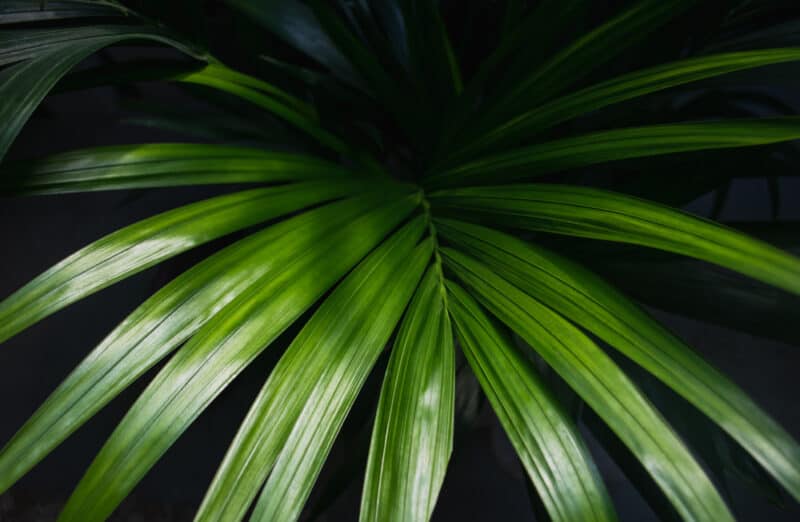
Kentia palm (Howea forsteriana) will produce more fronds in indirect sunlight but will perform well in low light. It will just produce fewer fronds.
Kentia palm will perform better in warm houses, but it has been known to be fine in temperatures as low as 25ºF for brief periods.
This is a big plant and is often used for the “wow factor.” The fact it is so adaptable makes it perfect for low light and cool rooms.
12. Prayer Plant
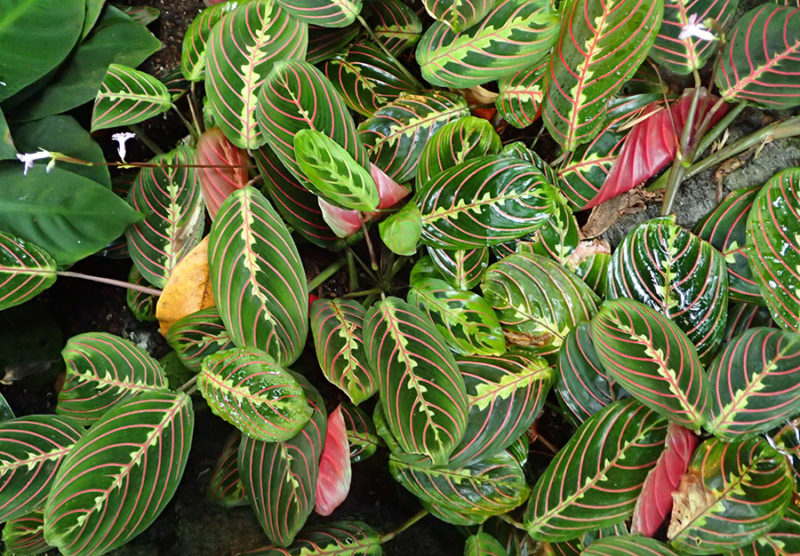
Prayer plant (Maranta leuconeura) is a lover of low light areas, and will provide colorful foliage even without lots of sun. The color actually fades with the more sunlight it gets.
Although only cold tolerant to around 65ºF, it will be okay with consistent cool temperatures around that. Most warm rooms are well above that, but if you go cooler, be aware that prayer plant’s humidity needs increase.
I achieved this by placing a few cold tolerant plants together with the prayer plant in the middle of the group. Temperatures below 55ºF are detrimental.
13. Peace Lily
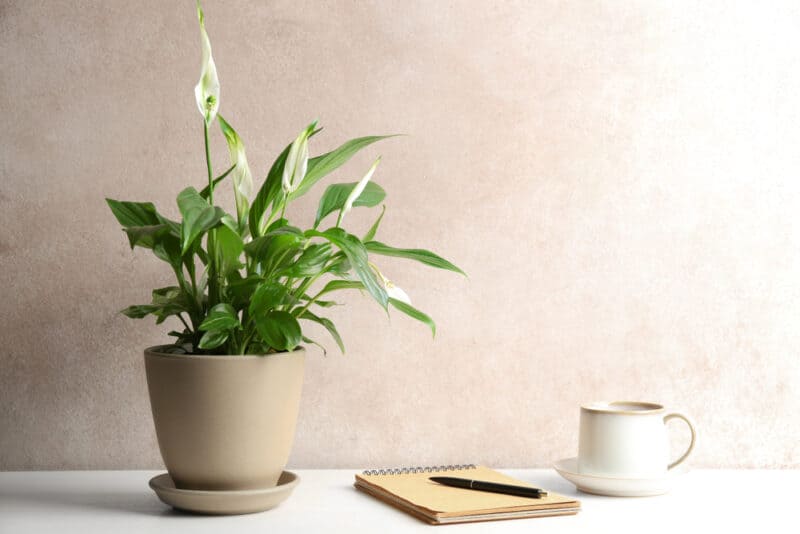
Peace lily is a houseplant that will tolerate low light, or brighter indirect light.
It will tolerate nighttime temperatures as low as 60ºF, so if you have a room that is warm in the day and cool at night, peace lily is perfect. If you have a room that is consistently cool around 60ºF all day and night, your peace lily should adapt.
Lower than that and this plant will struggle.
Avoid drafts and sudden temperature drops. Also, avoid placing a peace lily in direct airflow of an AC unit or a drafty window.
Tips For House Plants in Low Light and Cool Rooms
- Even light from LED fixtures helps plants, so don’t be afraid to place your plants near artificial light sources in low-light rooms.
- Consider hanging baskets in darker rooms if the main source of light is from the ceiling.
- Don’t overwater plants in cool rooms. Cold and wet soil is a recipe for root rot and other soil-bound issues. You may only need to water once a week or two depending on the plant you have.
- Keep the plants as healthy as possible. Dust the leaves so that they can take advantage of the small amount of light in the room.
- A little light can make a big difference. If a plant is struggling in low light and cool temps, moving it a few feet toward more light or a warm wall or area may make all the difference it needs.
- Be prepared for houseplants to slow down in low light and cool rooms. Even plants suited to those conditions may not grow quickly.
- If the temperature and light vary in the room, avoid extreme shifts. Try to ensure subtle shifts to avoid the plant from stressing. It is often the shifts in conditions that cause issues, not the cool or low light environment.
